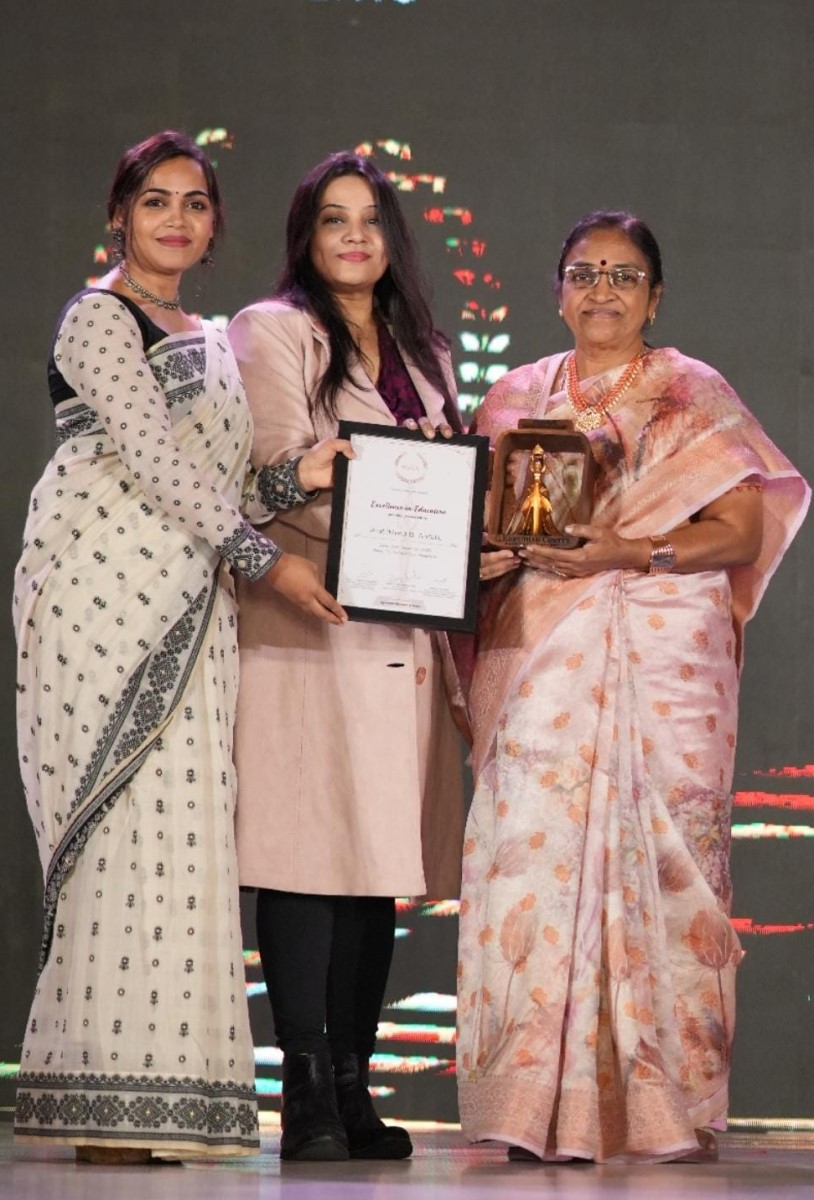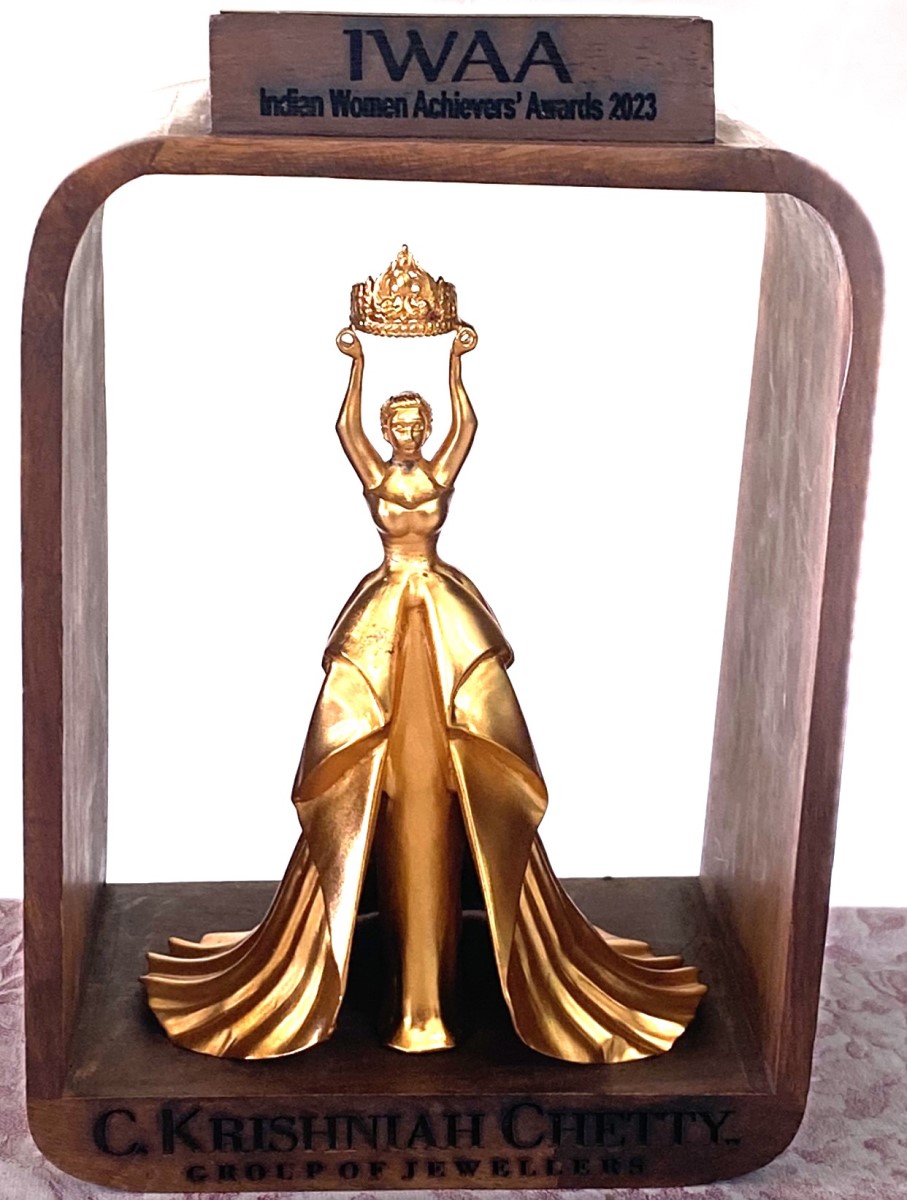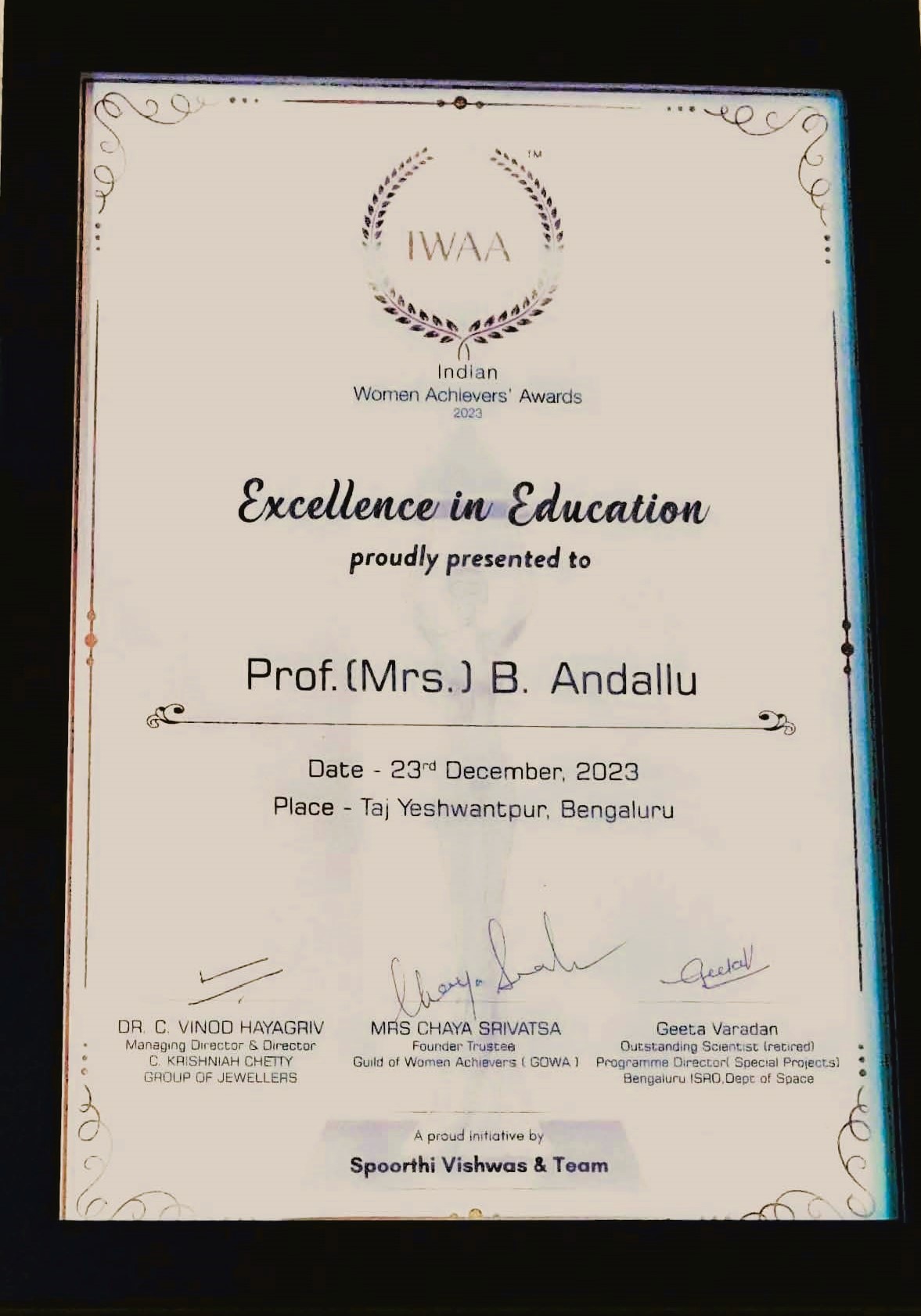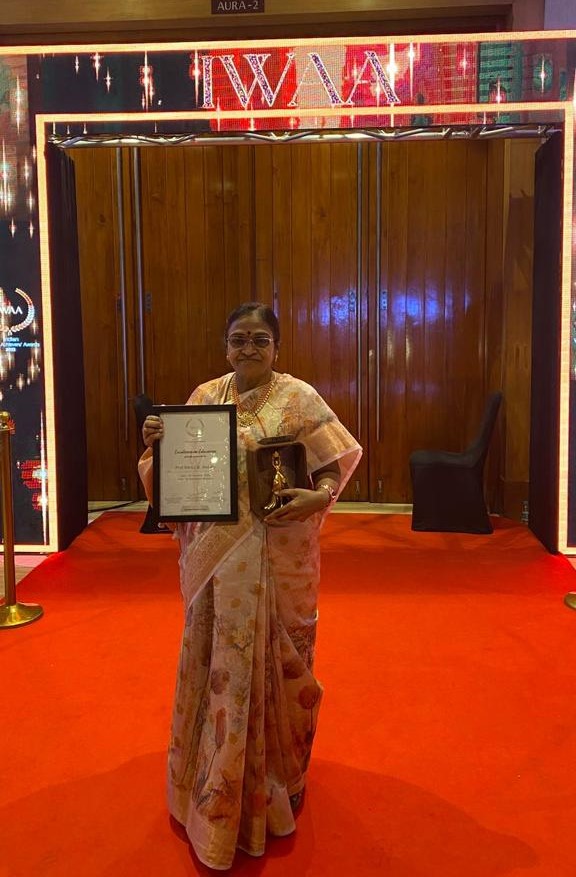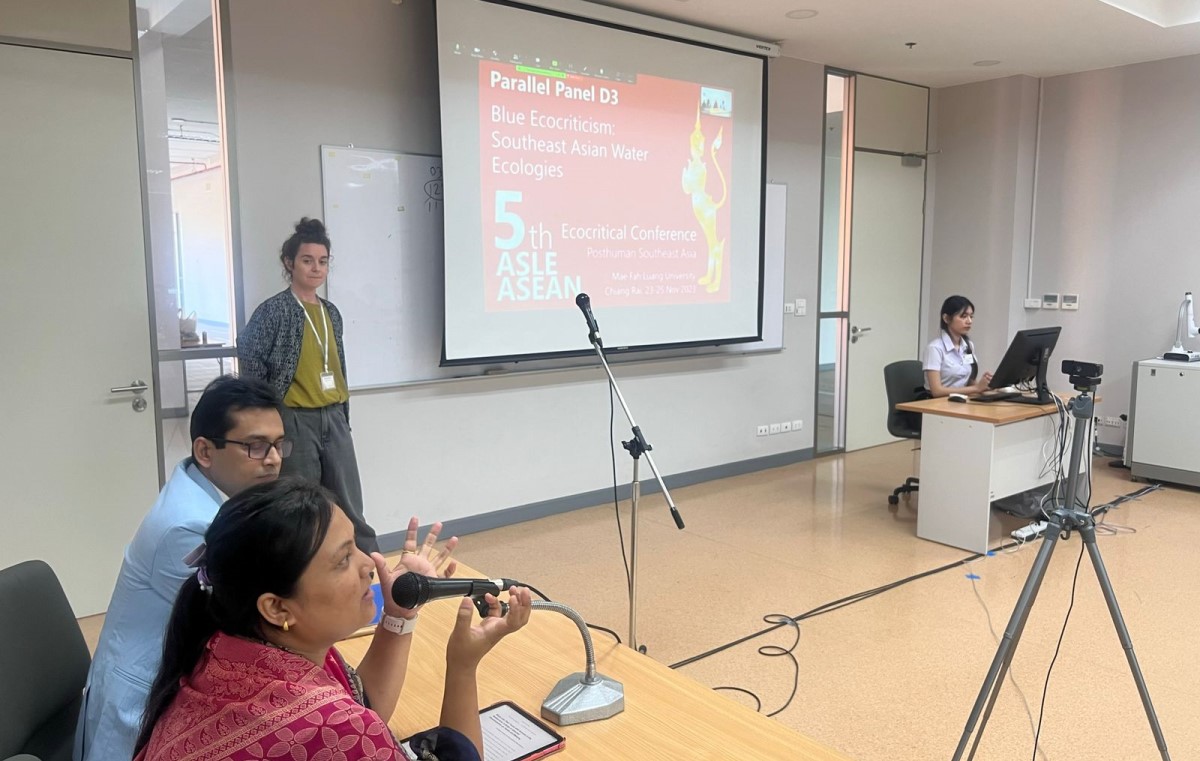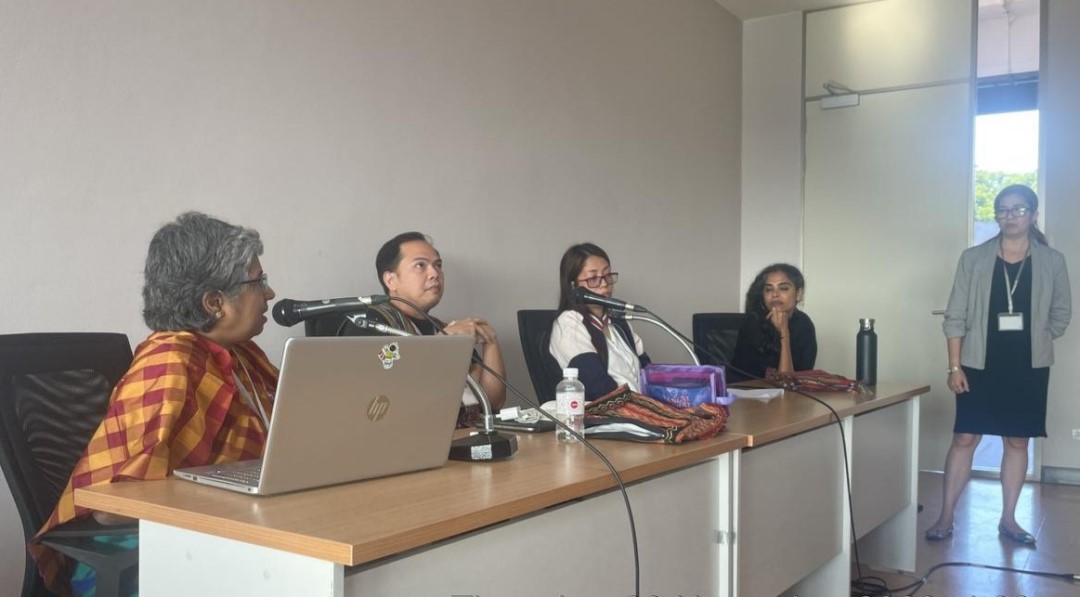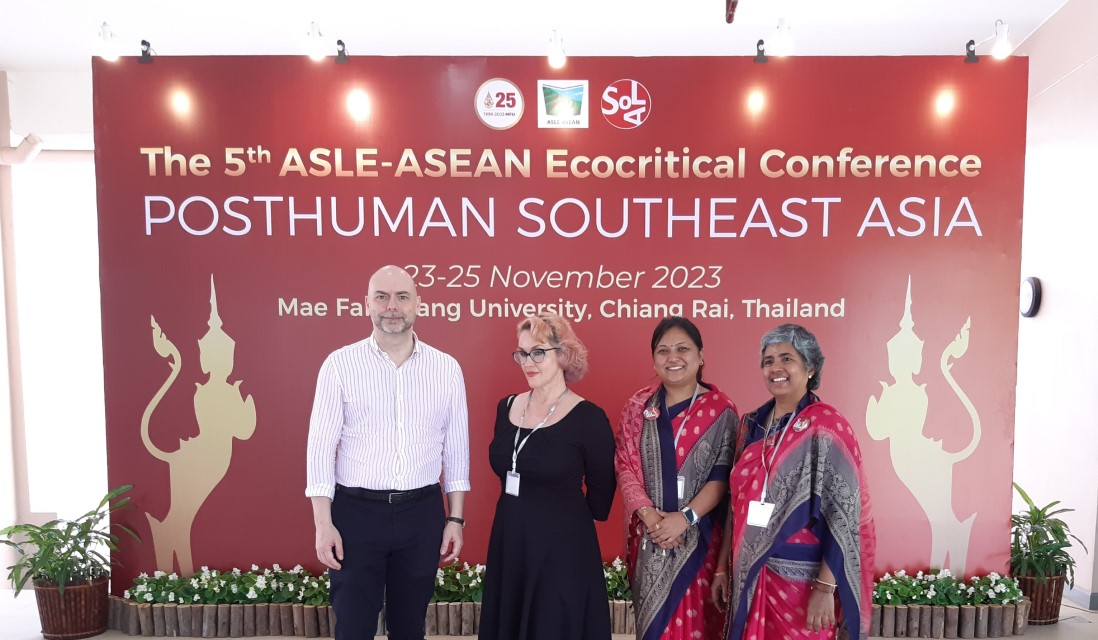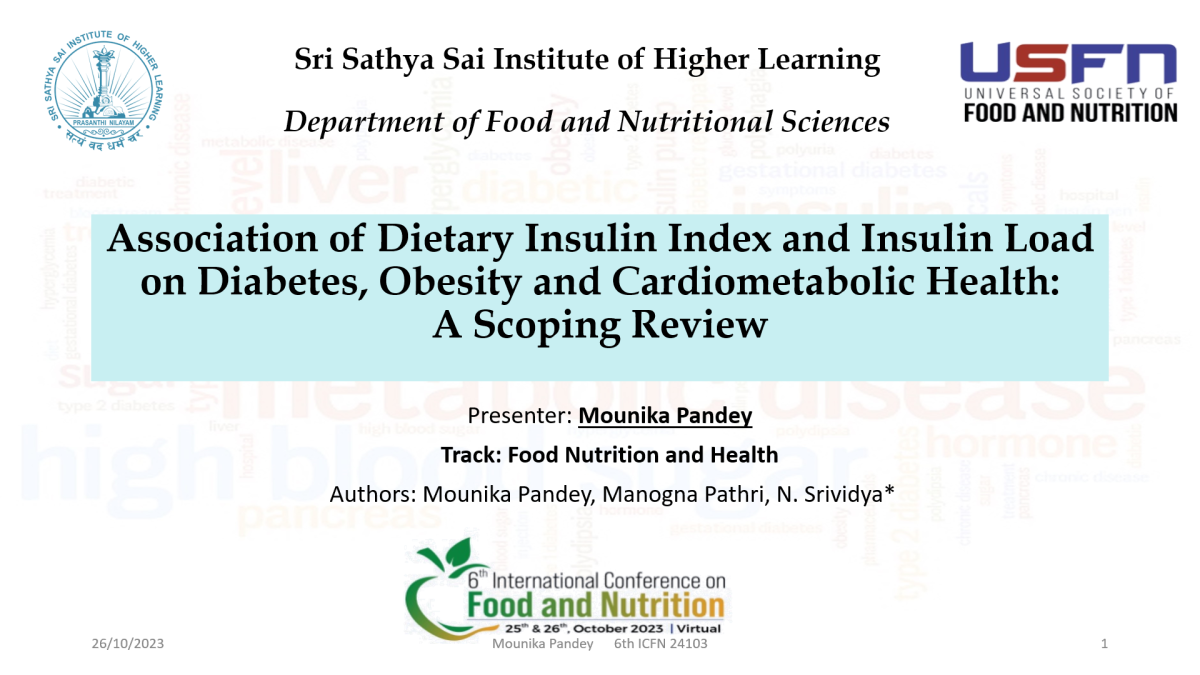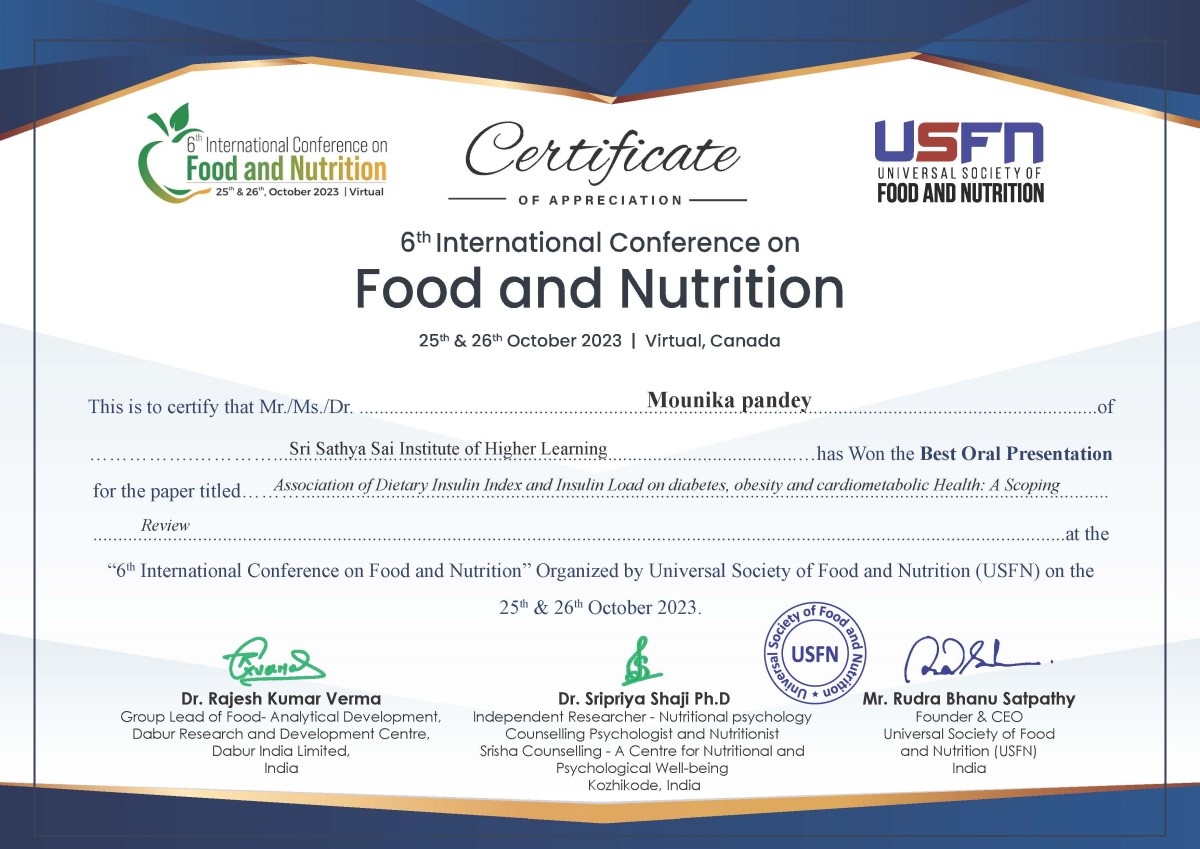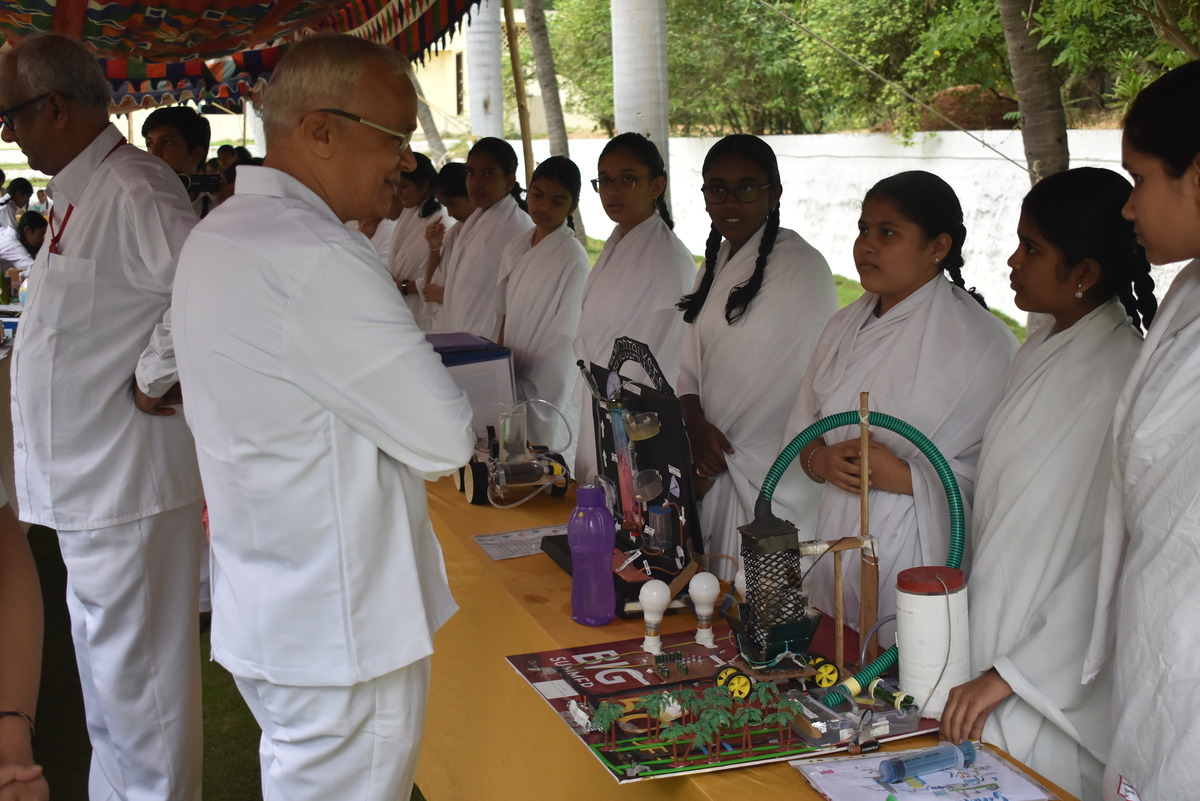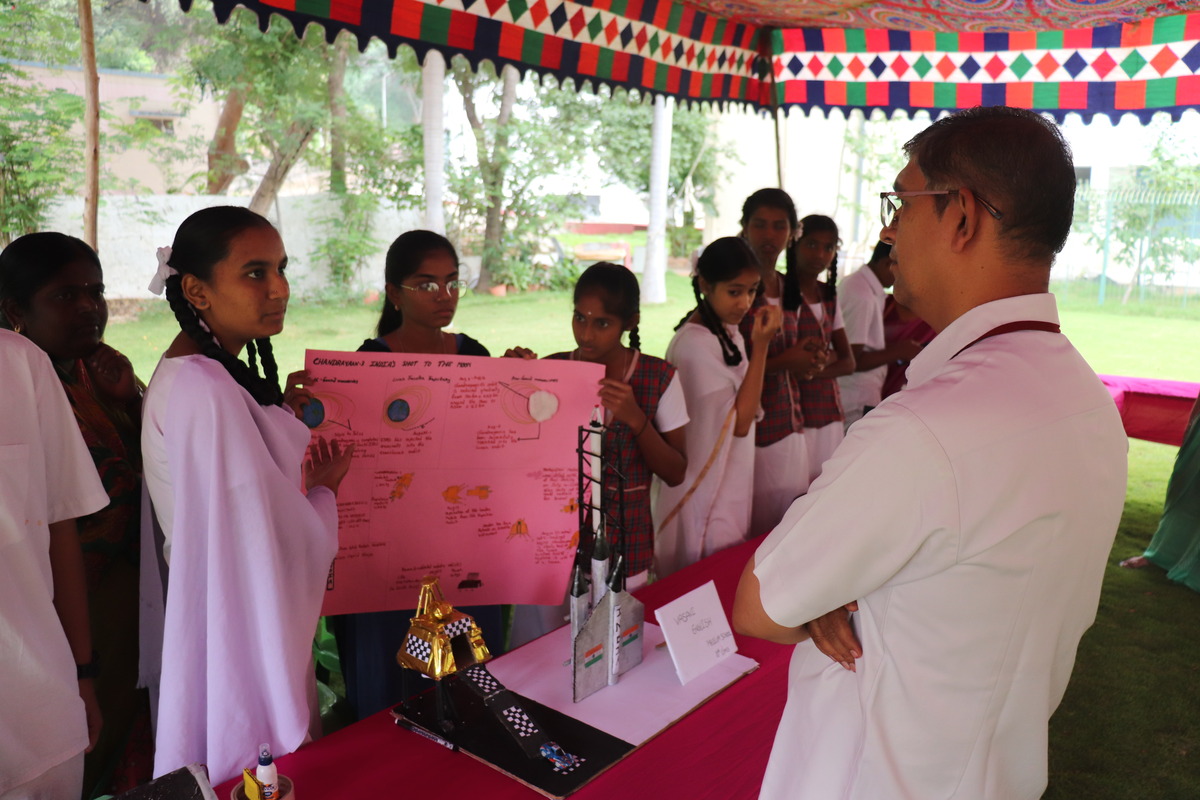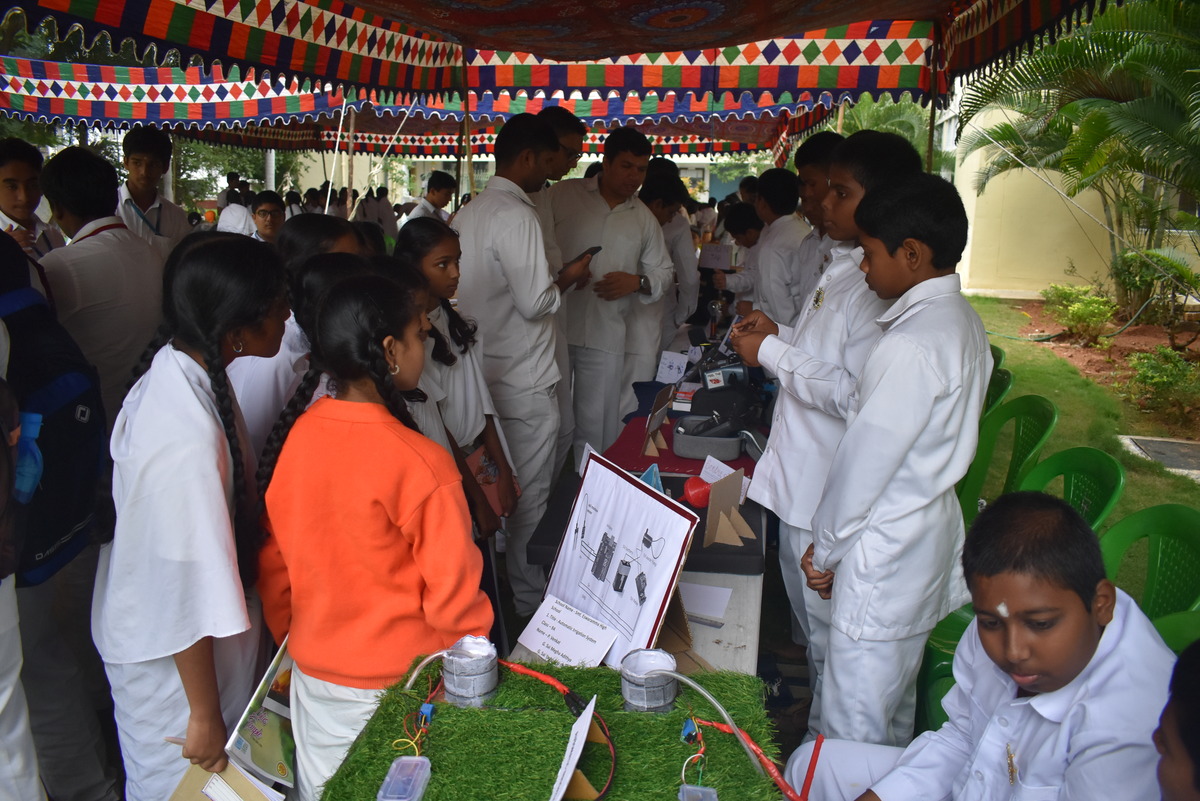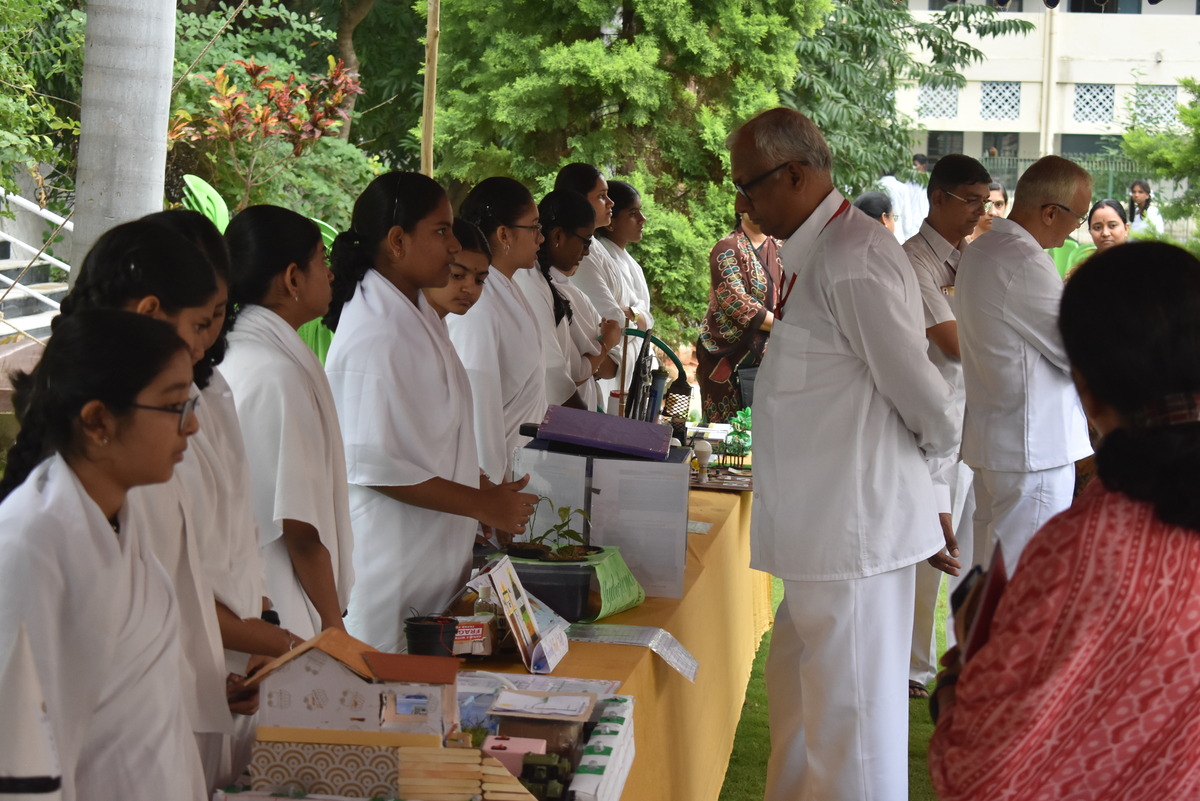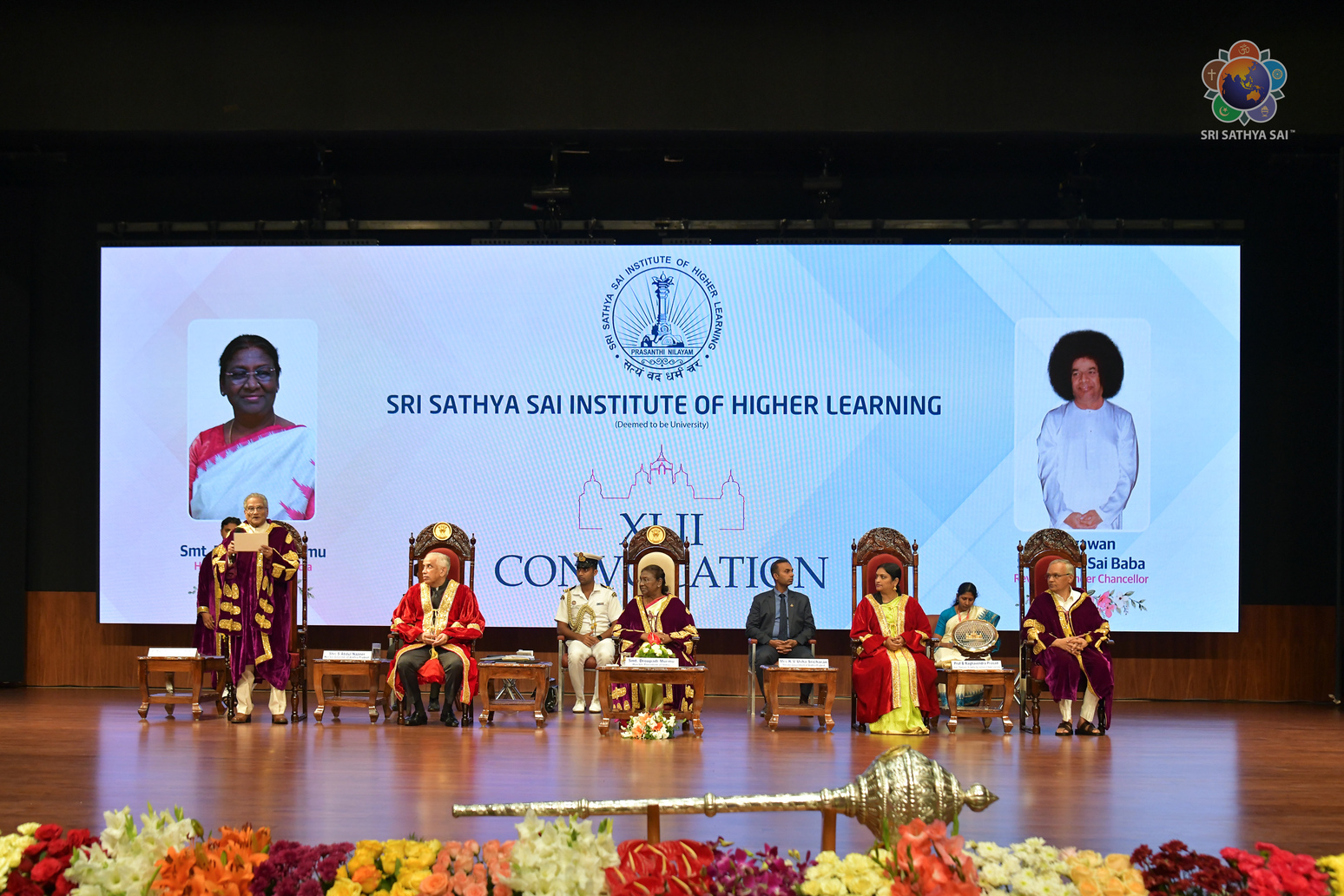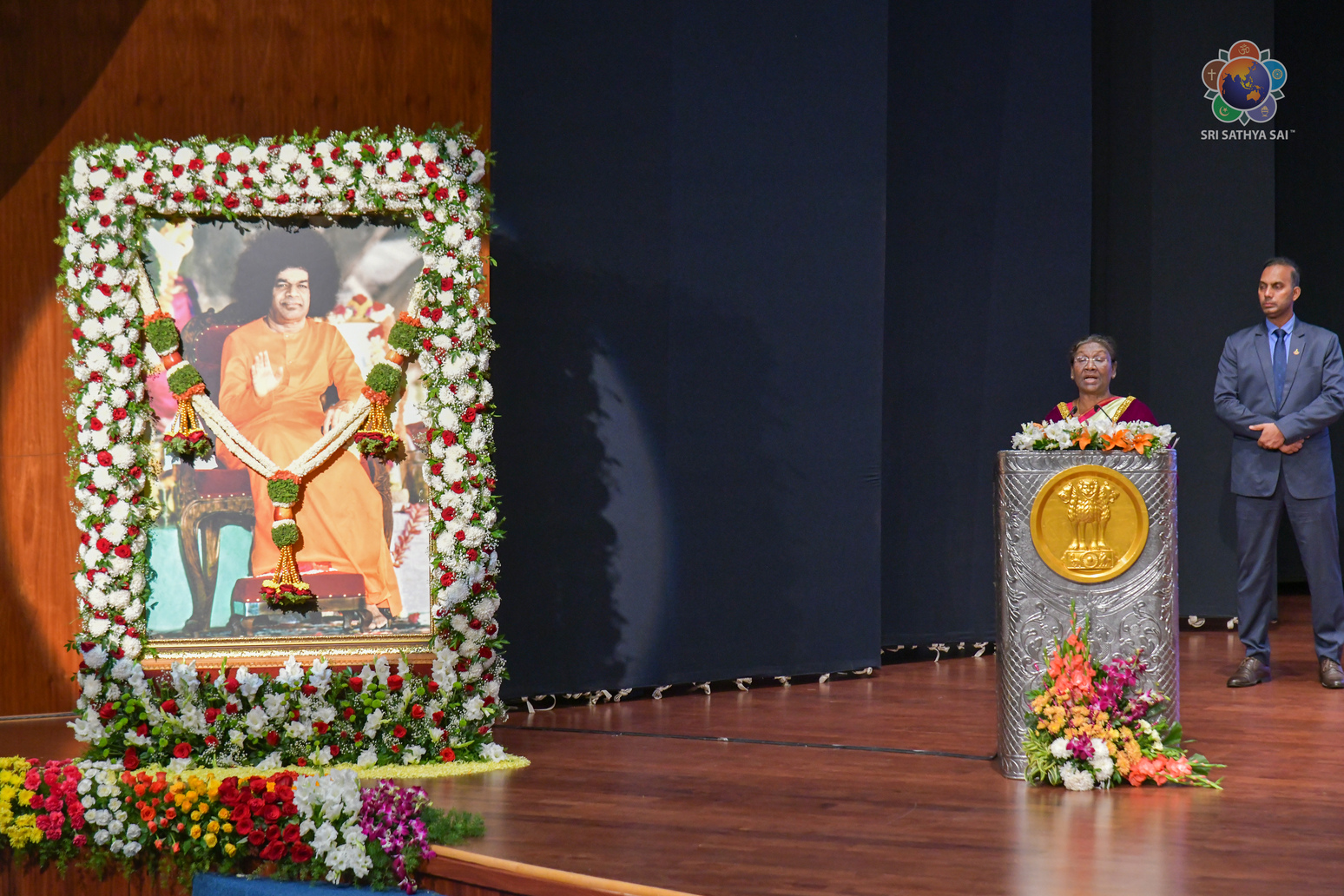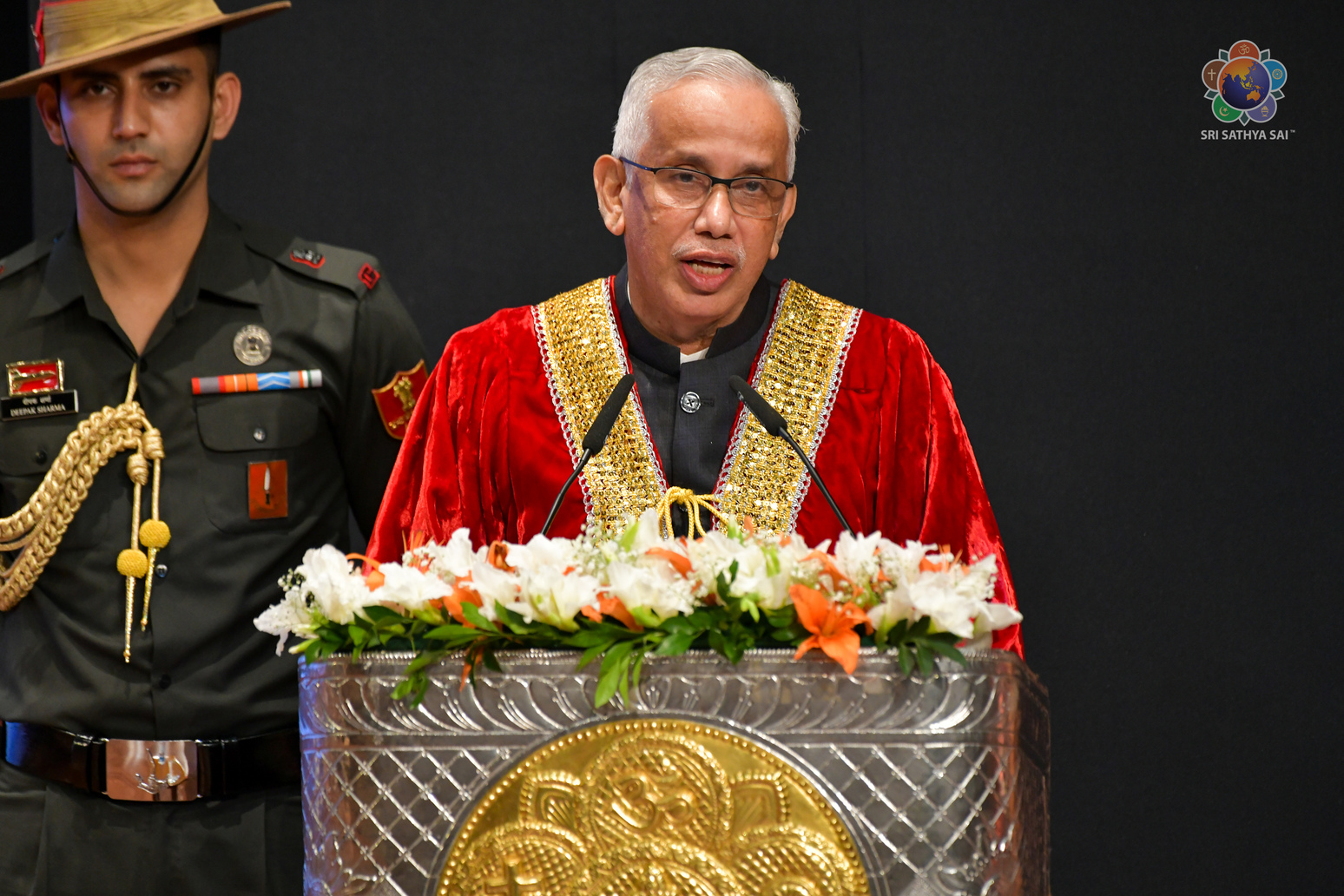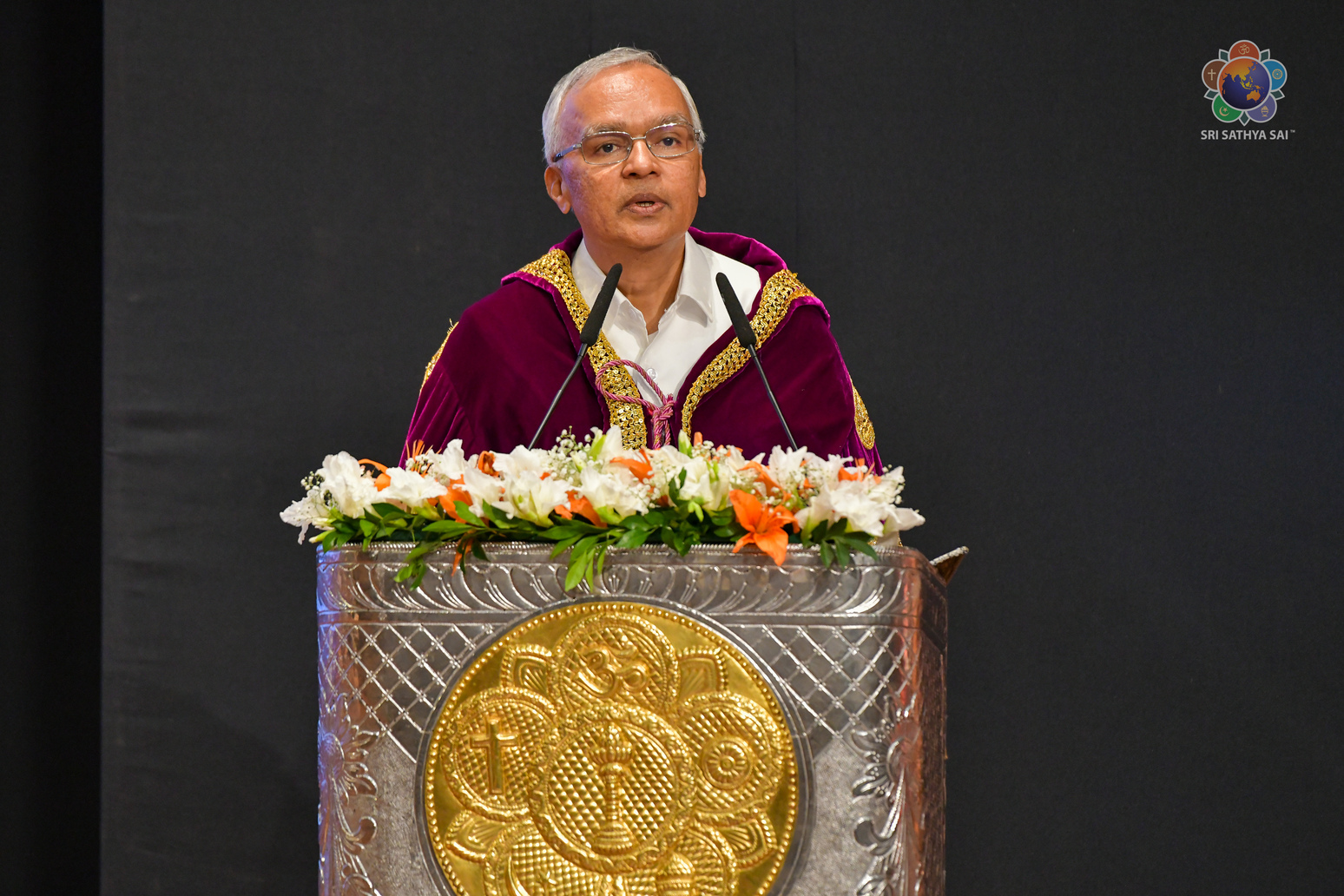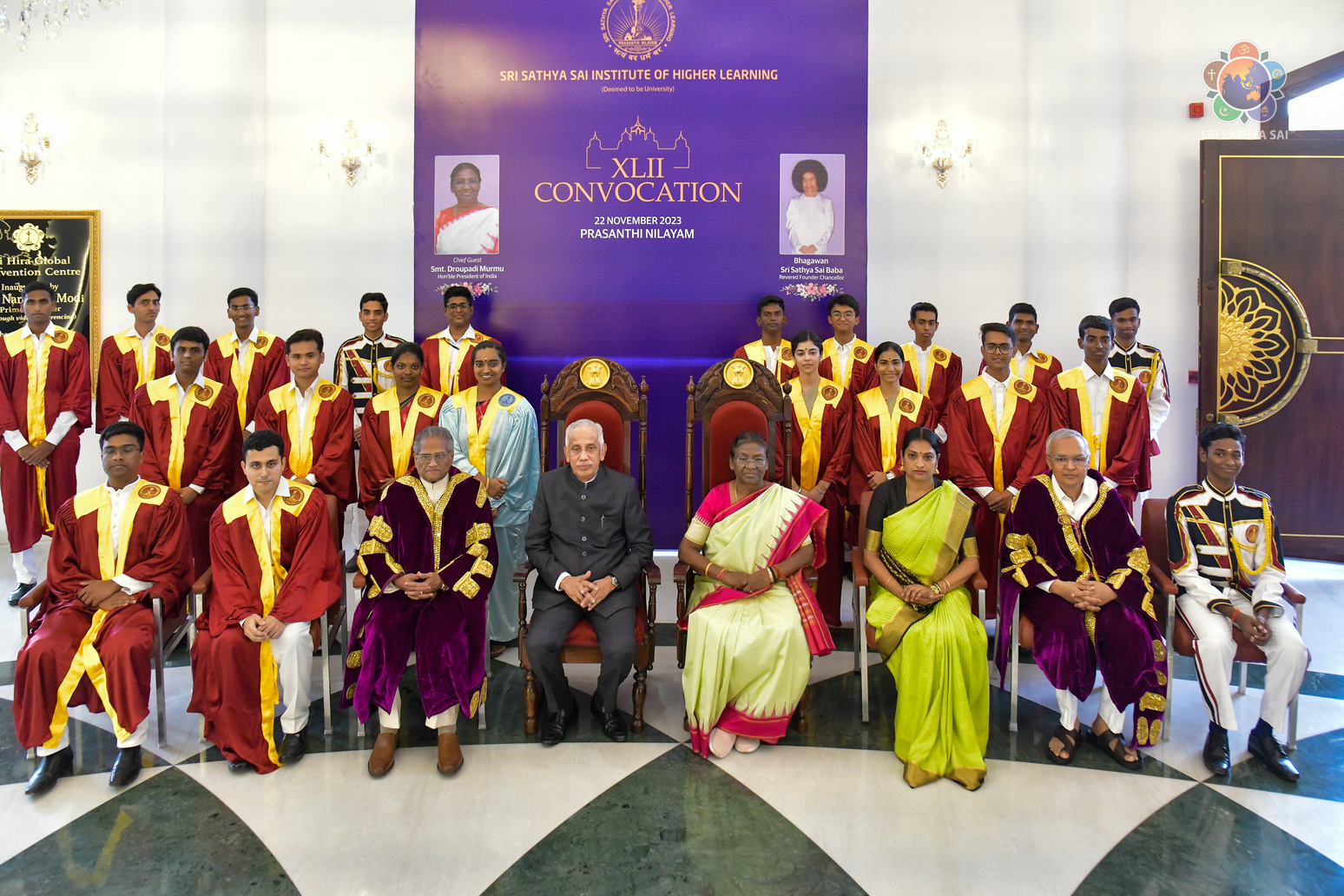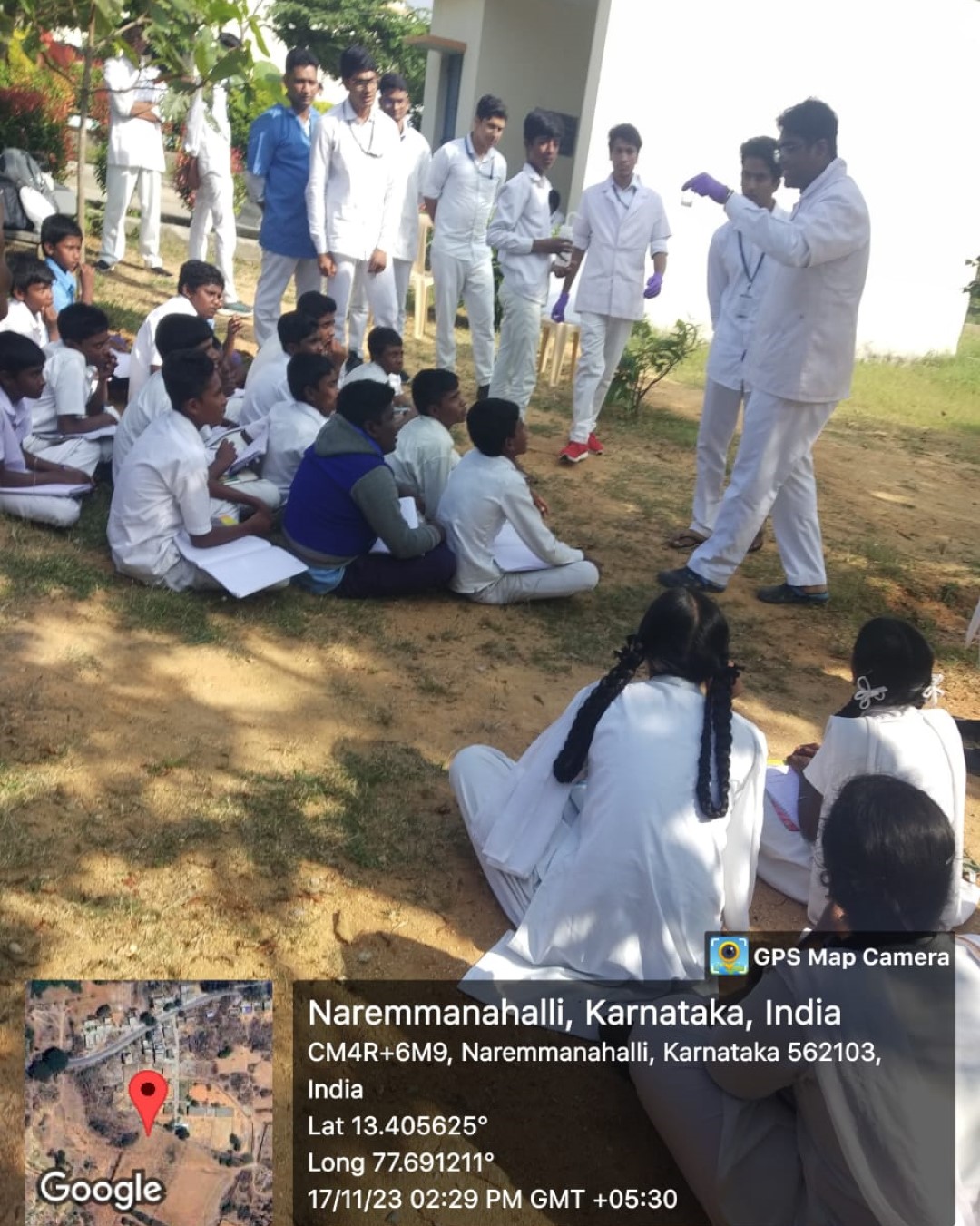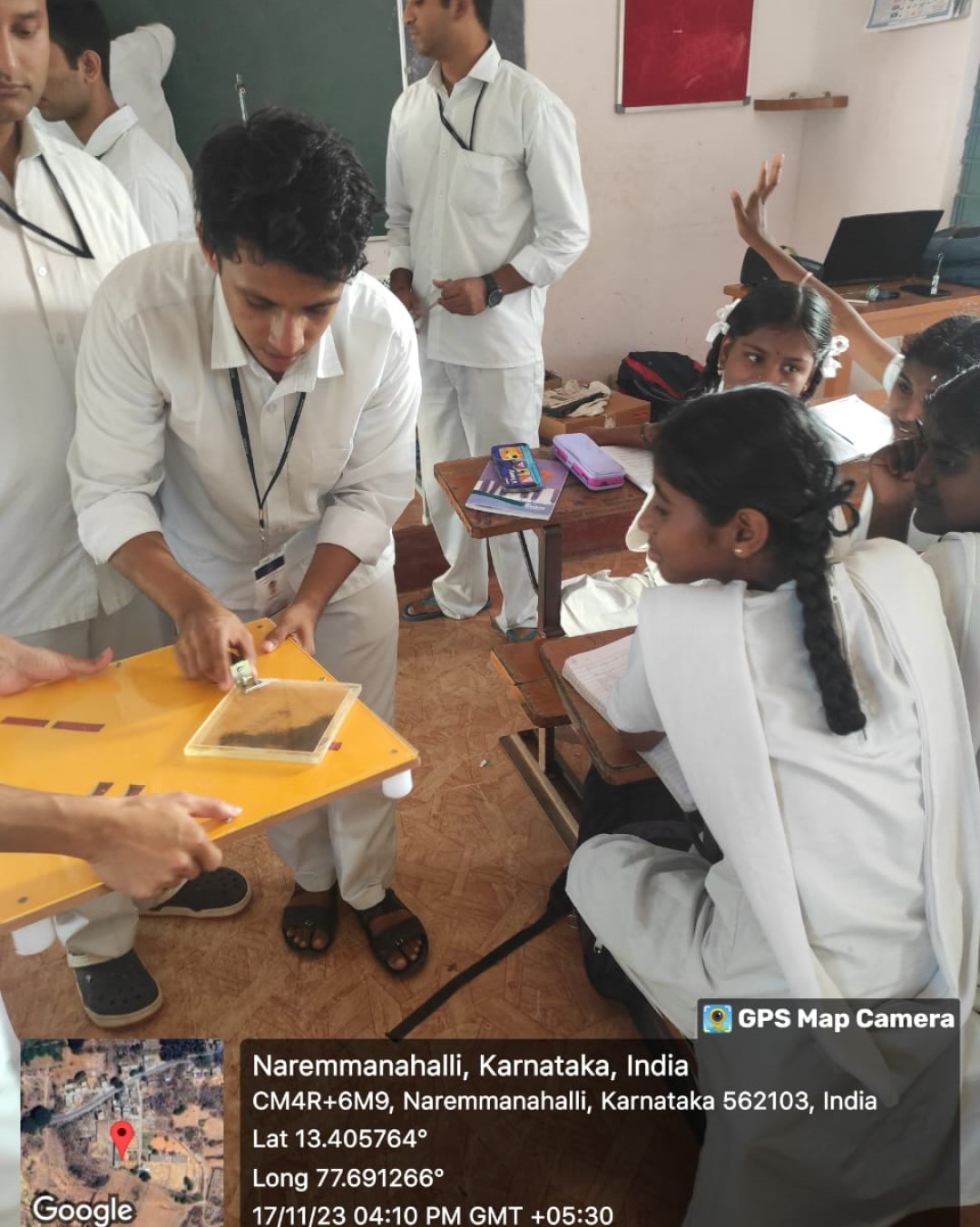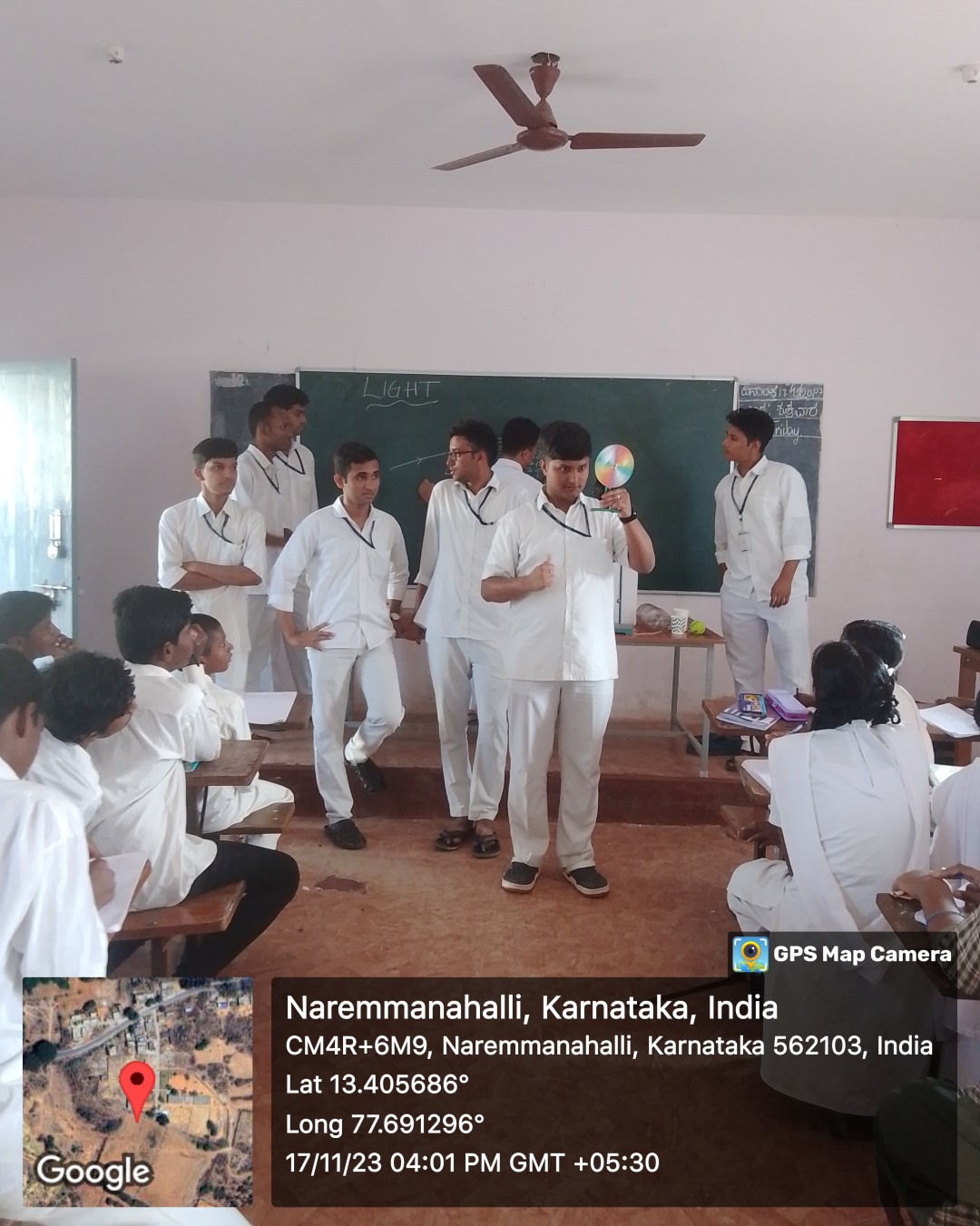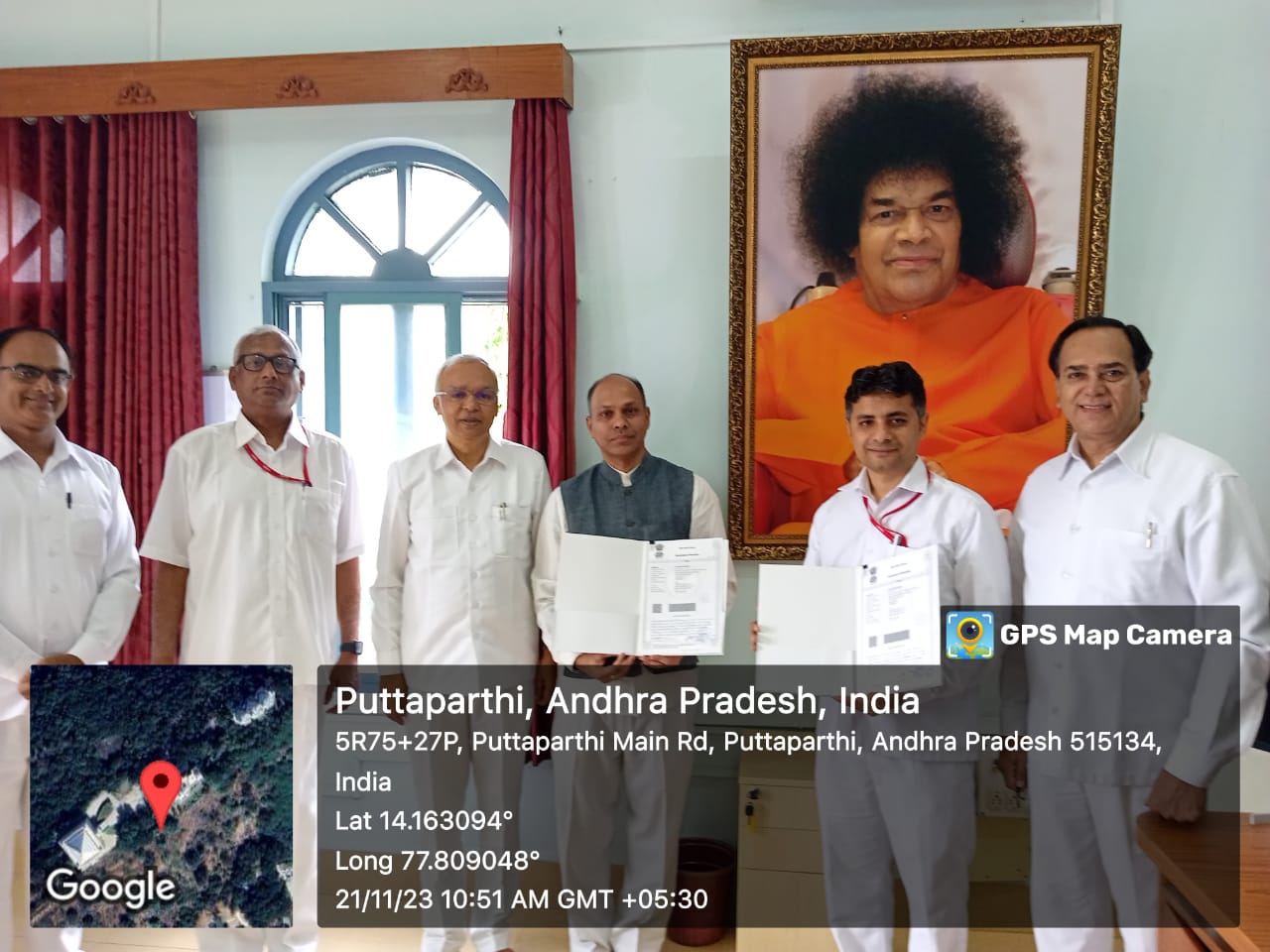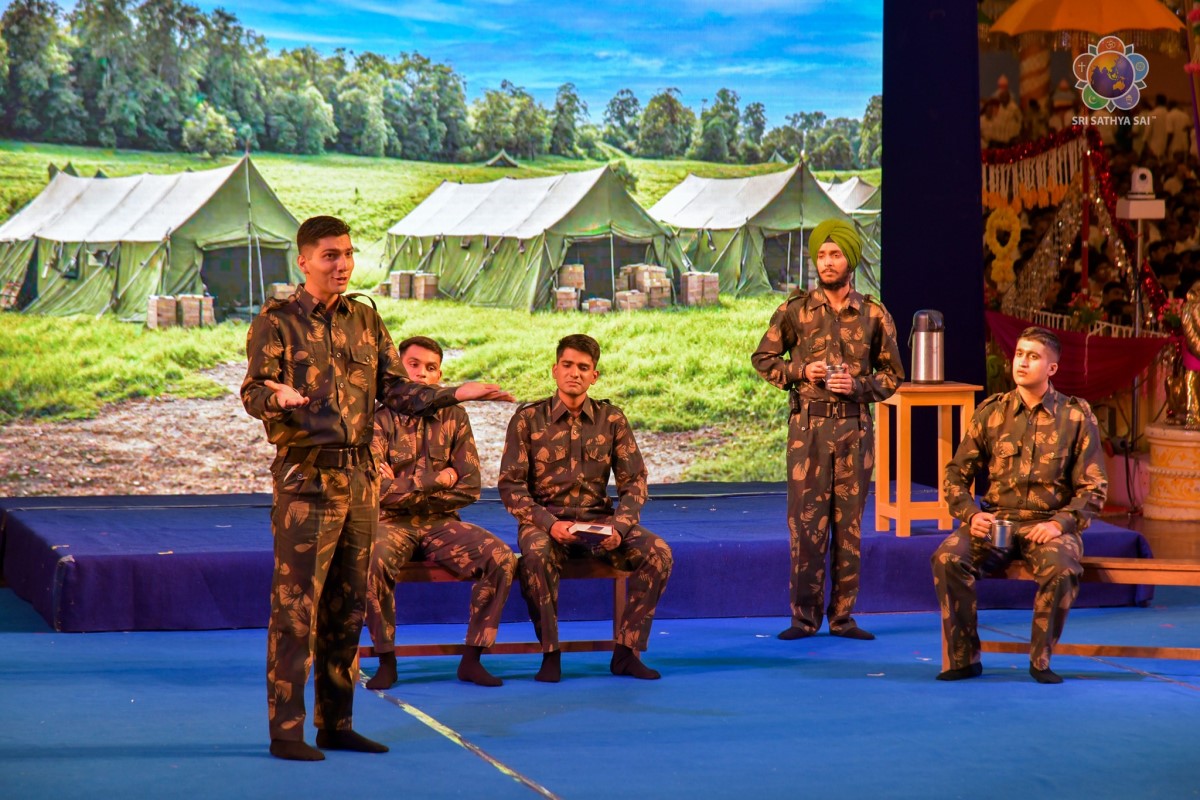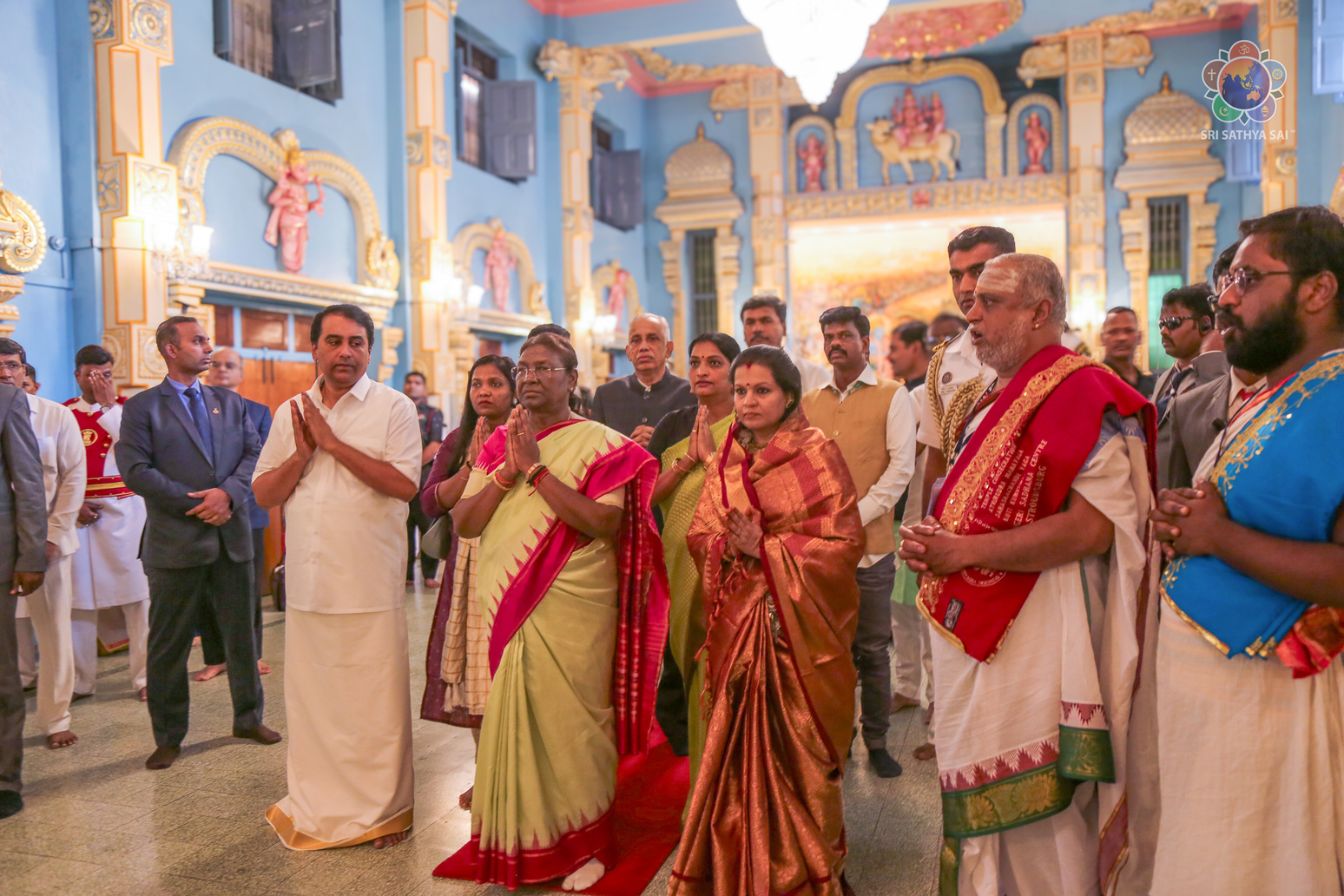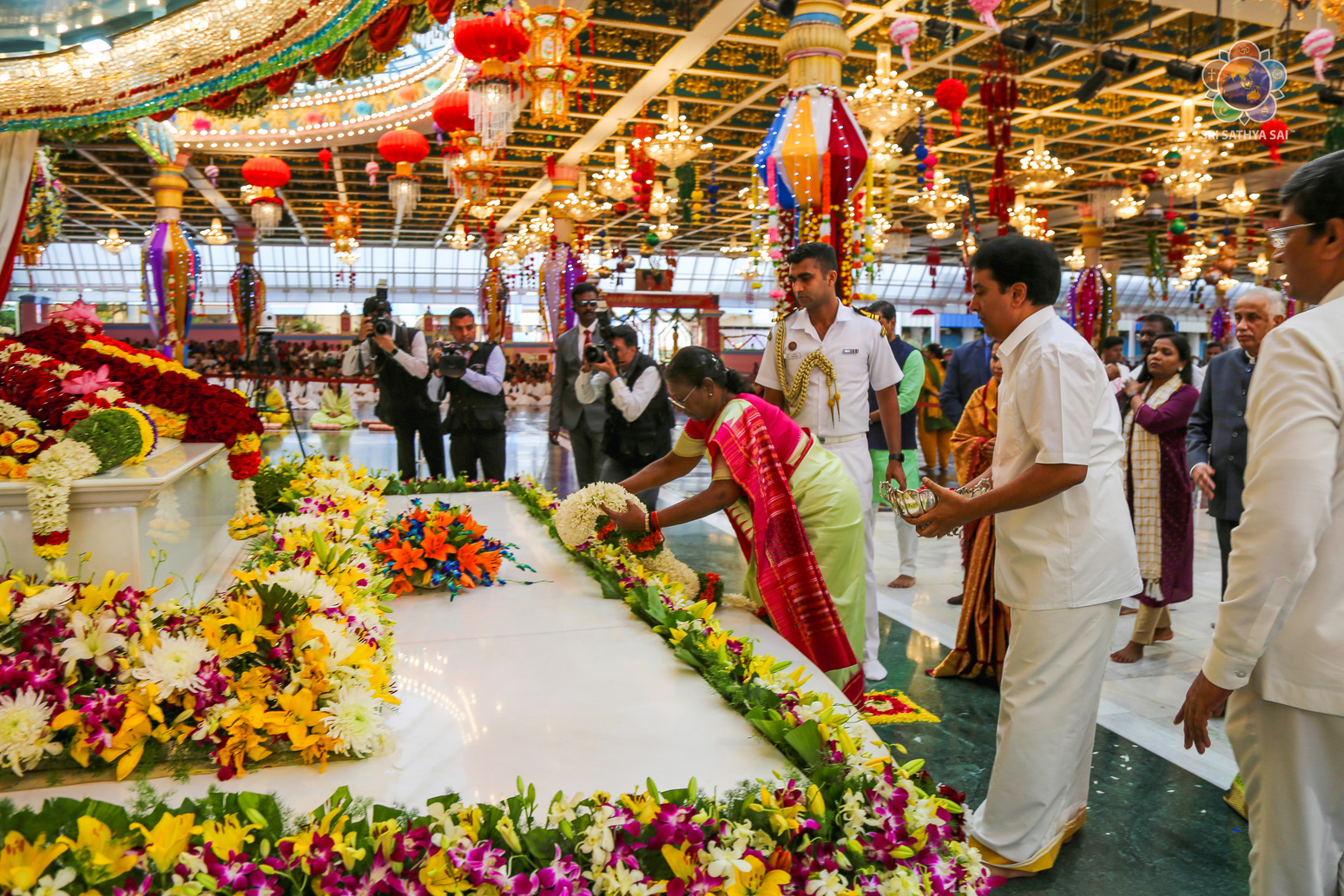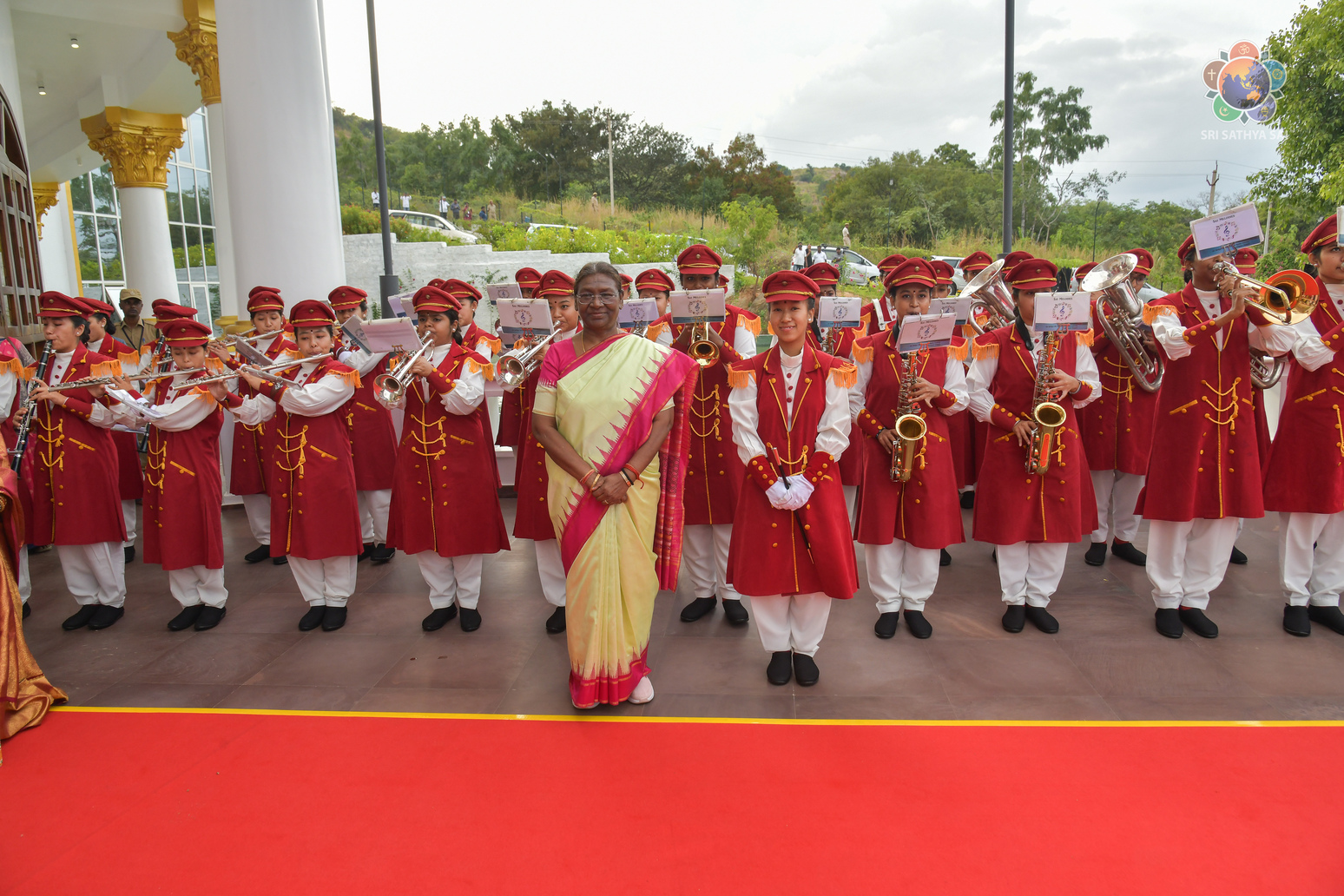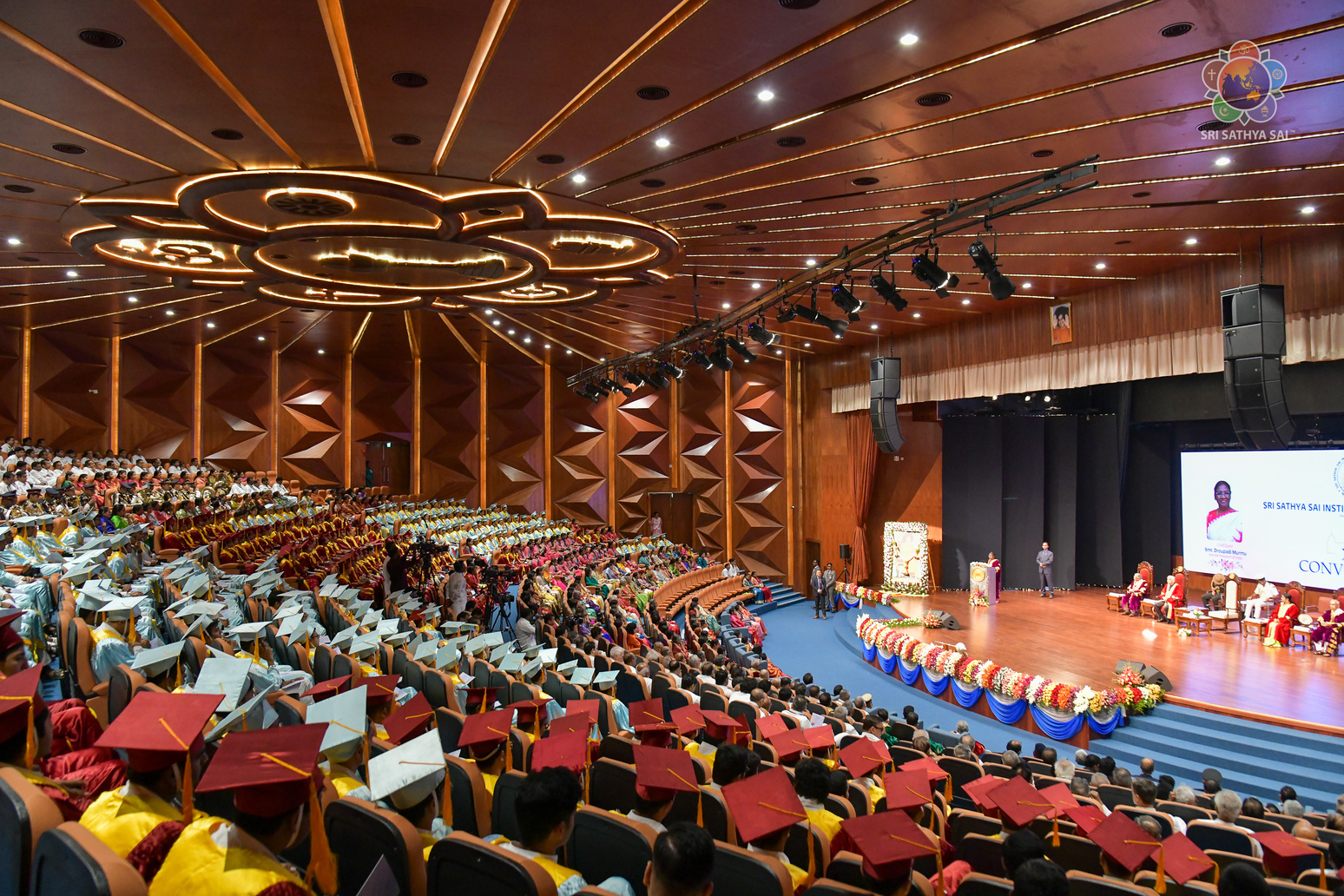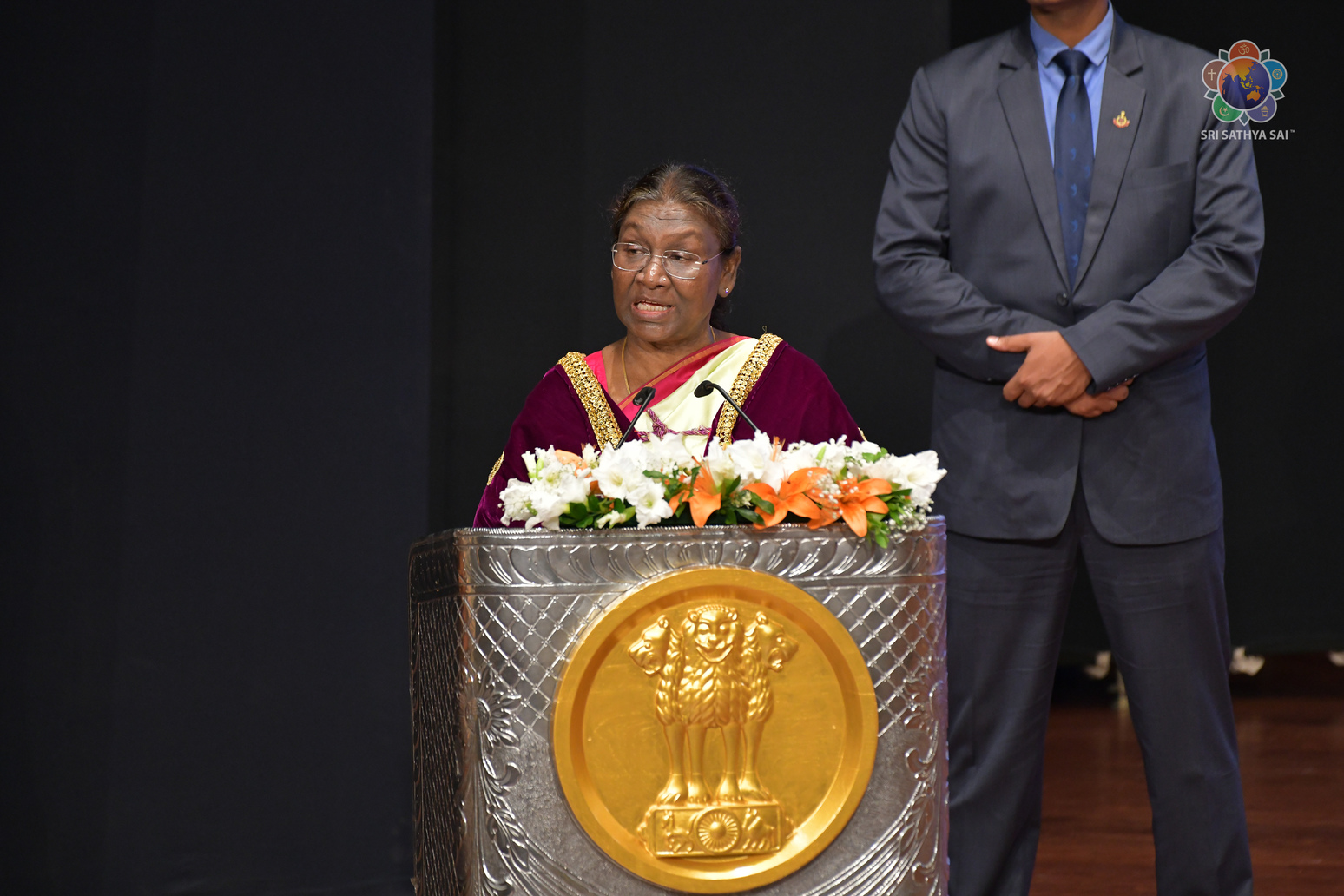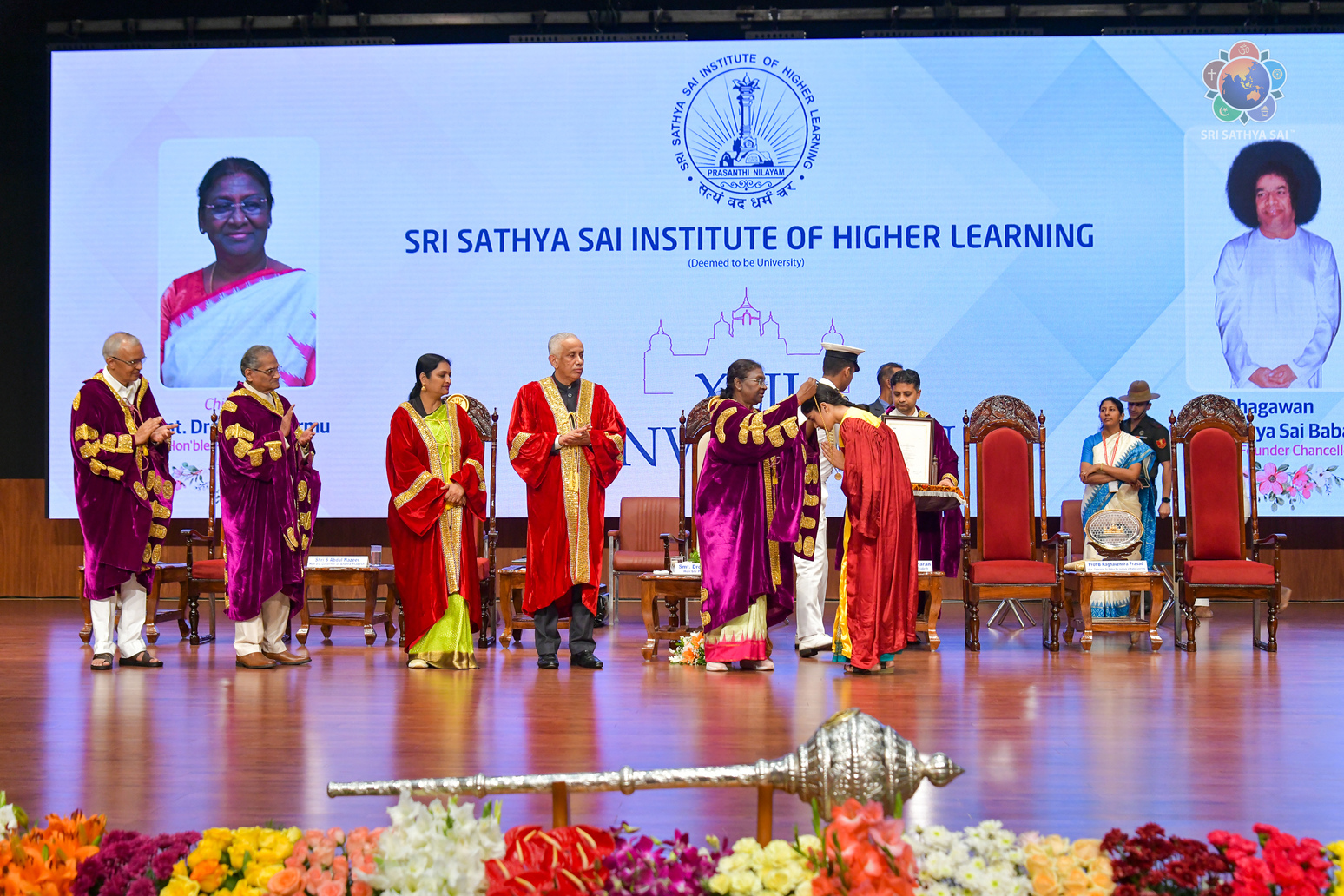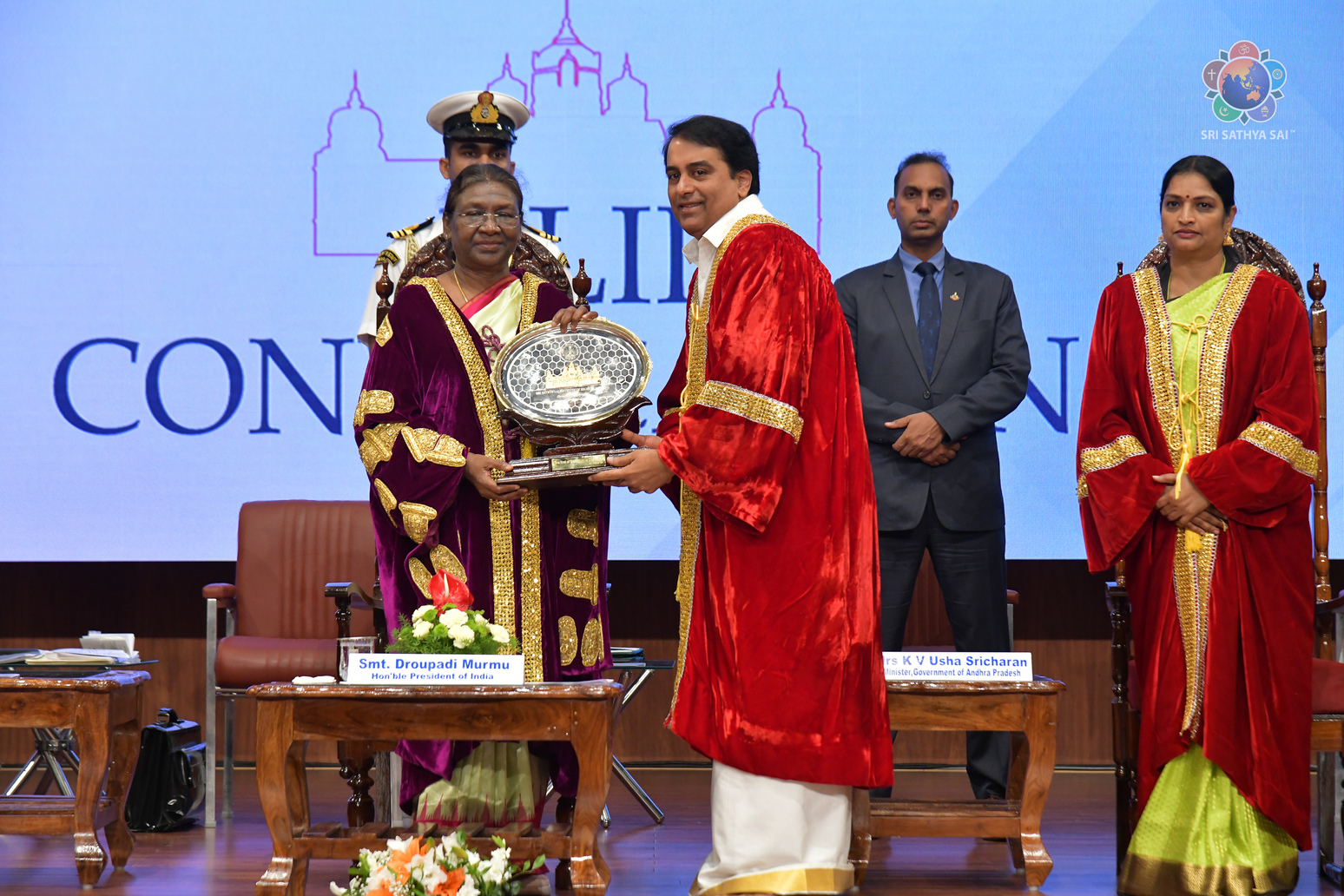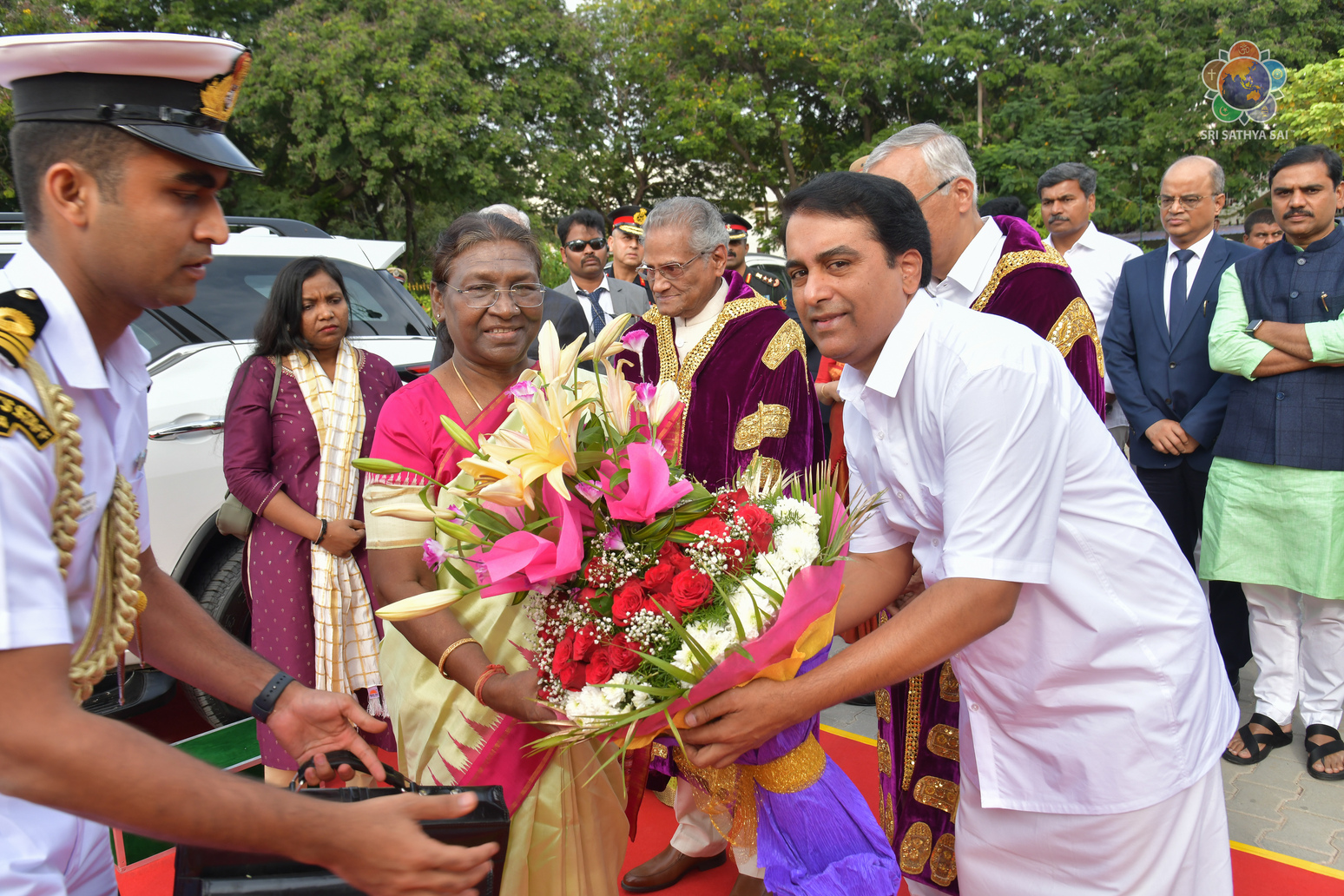Prof. B. Andallu, an esteemed Honorary Faculty member at the Department of Food and Nutritional Sciences (DFNS), Anantapur Campus, SSSIHL, was honored with the IWAA – Indian Women Achievers Awards 2023 on 23 December 2023 at an award ceremony held at the Taj Yesvanthapur, in Bengaluru. The award acknowledged her outstanding achievements in the field of education under the category of ‘Excellence in Education.’
The recognition was a tribute to her extensive journey and outstanding contributions spanning over three decades as an educator and researcher at Sri Sathya Sai Institute of Higher Learning. Her research contributions in areas such as Natural Remedies for Stress-induced Diseases, Isolation, and Bioactivity Assessment of Nutraceuticals have been instrumental in shaping the academic landscape.
This prestigious accolade stands as a testament to the dedication and remarkable accomplishments of Prof. B. Andallu. Her impact as an inspiration to both, students and the teaching community at SSSIHL is profound, and her legacy will undoubtedly continue to motivate aspiring educators and researchers.
The Indian Women Achievers’ Awards (IWAA), established in 2018 by Mrs. Spoorthi Vishwas, is a non-commercial platform designed explicitly to honor and celebrate the exceptional achievements of Indian women across various categories.
SSSIHL extends heartfelt congratulations to Prof. B. Andallu for this well-deserved recognition from IWAA, highlighting her invaluable contributions to the field of education and research.


